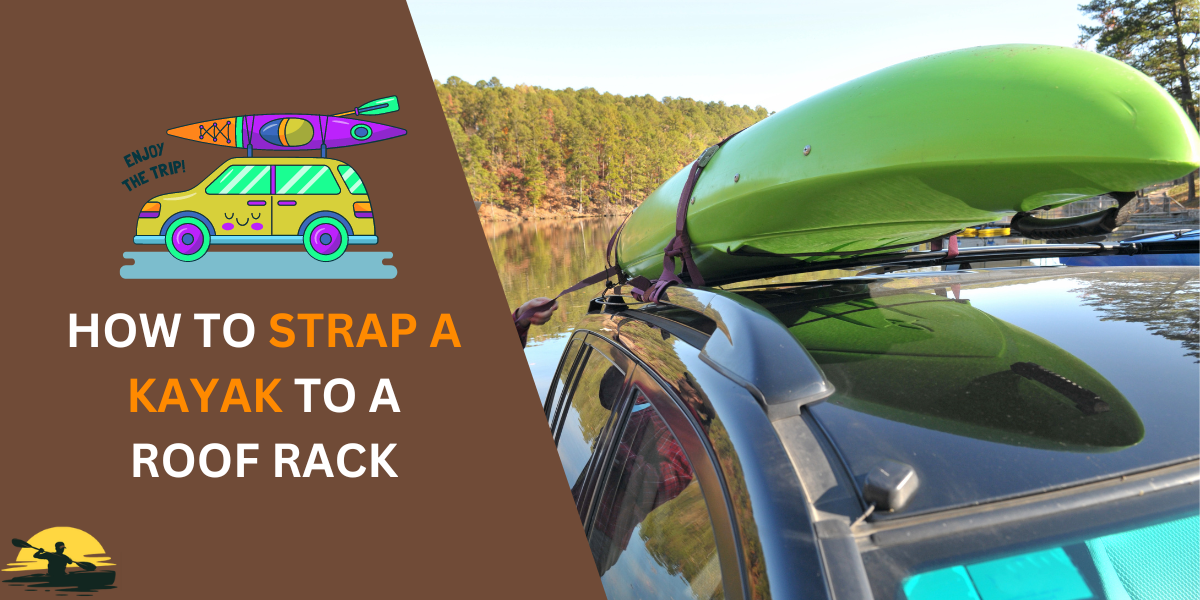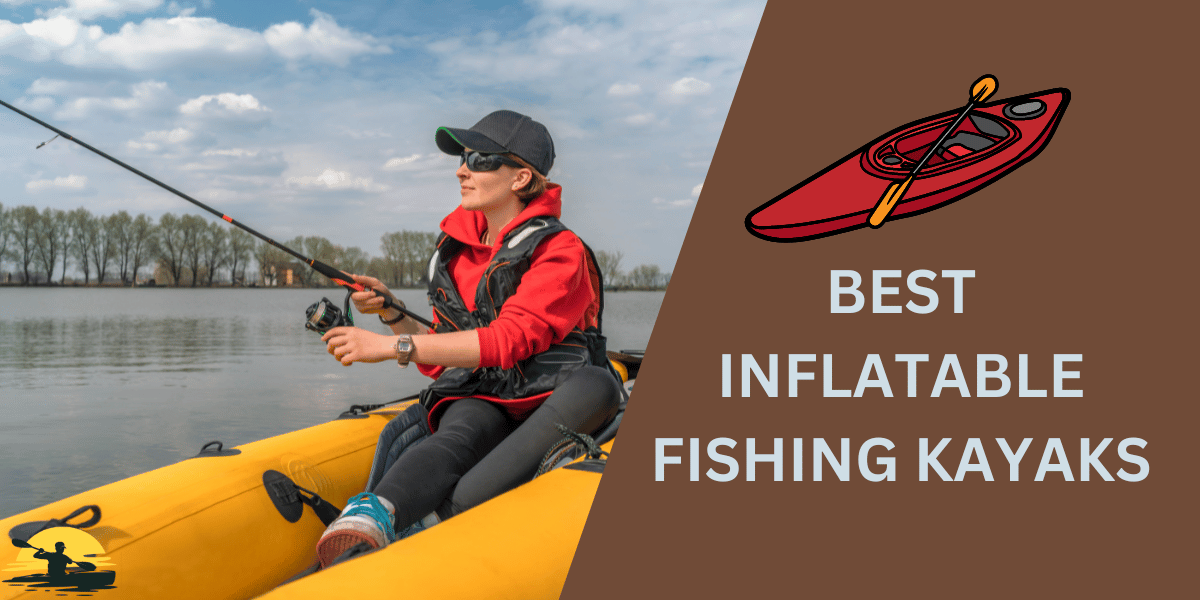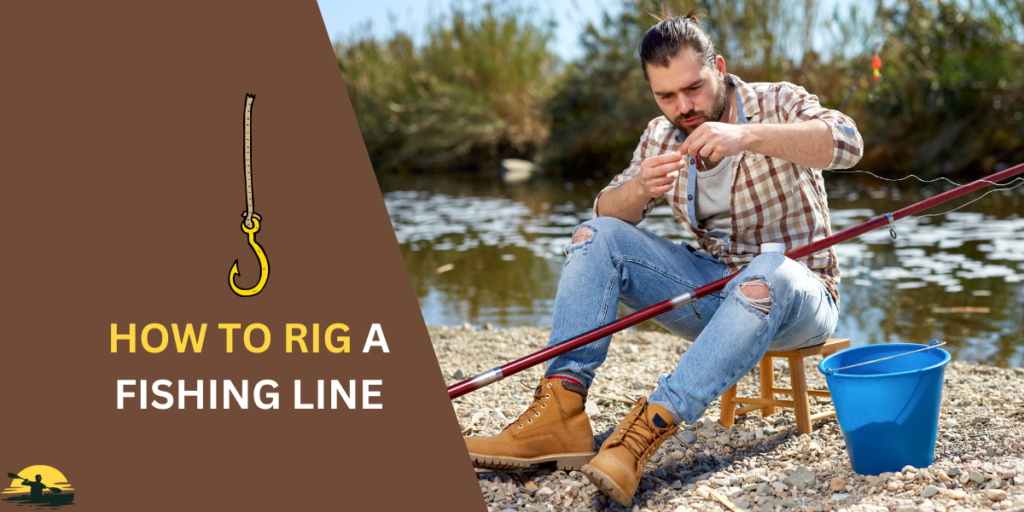
Ever stare at your rod tip, wondering why the fish aren’t biting? It might be your fishing rig! Choosing the best fishing rig can make all the difference in catching fish.
There are tons of different fishing rigs, from simple ones like the worm hook rig for live bait to more complex ones like the Carolina rig for bottom fishing.
This guide will show you how to tie some of the most versatile rigs so you can catch more fish no matter what you’re fishing for.
How to Rig a Fishing Line Like a Pro in 2024
- Rigging Basics: Fishing rigs are how you connect your hook to your line. A good rig helps you cast, present bait, and hook fish.
- Popular Rigs: Learn the basic rig, improved clinch knot rig, popping cork rig, Texas rig, Carolina rig, dropper loop rig, and slip bobber rig. Each is suited for different situations.
- Choose the Right Line: Monofilament is versatile, fluorocarbon is nearly invisible, and braided is strong. Match your line to the conditions and target fish.
- Rigging Tips: Test your knots, match hook size to bait, consider line visibility, use appropriate gear, and learn about your target fish. Don’t be afraid to experiment!
- Advanced Rigs: Explore double drop rigs, sabiki rigs, and fish finder rigs to take your fishing skills to the next level.
Fishing Line Rigging Basics
Before we dive into specific rigs, let’s cover the basics. A fishing rig is simply the way you connect your fishing hook to your main line.

It might seem simple, but the rig you choose can mean the difference between going home empty-handed and bragging about the big one that didn’t get away.
A good fishing rig helps you cast your bait or lure farther, presents it in a way that attracts fish, and makes it easier to hook and reel in your catch. There are tons of different rigs out there, but some are more versatile than others.
In this guide, we’ll focus on the best fishing rigs that will help you catch fish in a variety of situations. We’ll also talk about choosing the right rig for the fish you’re trying to see and the bait you’re using.
No matter which rig you choose, remember that the goal is to present your bait in a way that looks natural and appealing to fish. You also want to make sure your rig is strong enough to withstand the fight when a fish bites.
Please remember to choose the right rod and reel for your rig. The right pairing will make casting and reeling in your catch a breeze.
Popular Fishing Rigs and When to Use Them
Now that you know the basics, let’s get into the fun stuff: the actual rigs! Each rig has its strengths, so knowing when to use which one can be a game-changer.
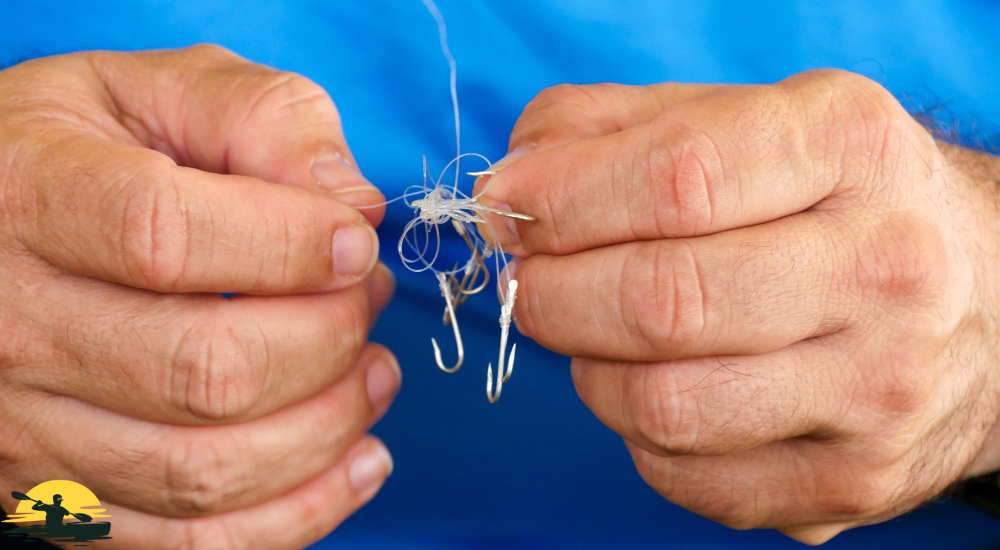
- Hook Rig: The simplest rig for beginners, perfect for live bait like worms, minnows, or crickets.
- Improved Clinch Knot Rig: A strong and versatile option for both live bait and artificial lures, suitable for a wide range of fish species.
- Popping Cork Rig or Bobber Rig: Ideal for suspending your bait at a specific depth, often used for panfish and trout.
- Texas Rig: A weedless rig designed to prevent snags, a popular choice for bass fishing with soft plastic lures.
- Carolina Rig: Great for bottom fishing, attracting fish like catfish and carp that feed near the bottom.
Don’t forget about these other great rigs:
- Dropper Loop Rig: Fish at different depths with multiple hooks.
- Slip Bobber Rig: A more adjustable version of the bobber rig.
The best rig for you depends on the fish you’re after, the bait you’re using, and the fishing conditions. Experiment and find what works best!
Choosing the Right Fishing Line
Your fishing line is like the backbone of your rig. It’s what connects you to the fish, so it’s important to choose the right type. Here’s a quick rundown of the three main types of fishing line:

- Monofilament Line: This is the most common type of line. It’s cheap, easy to use, and works well in most situations. However, it’s not as strong or sensitive as other types of lines.
- Fluorocarbon Line: This line is almost invisible underwater, making it a great choice when fish are picky. It’s also more abrasion-resistant than monofilament, meaning it can handle rubbing against rocks or other underwater obstacles. However, it’s more expensive than monofilament.
- Braided Line: This line is incredibly strong and sensitive, making it ideal for fishing in heavy cover or when you need to cast long distances. However, it’s more visible underwater than other types of line, so it’s not always the best choice in clear water.
So, which line should you choose? It depends on the type of fishing you’re doing and the fish you’re trying to catch.
- If you’re starting, monofilament is a good all-around choice.
- If you’re fishing in clear water or for spooky fish, fluorocarbon is a good option.
- If you’re fishing in heavy cover or need to cast long distances, a braided line is the way to go.
Pro Tip: Feel free to mix and match! You can use a fluorocarbon leader with a braided mainline for the best of both worlds: strength and invisibility.
Rigging Tips and Tricks
Would you be ready to level up your rigging skills and outsmart those fish? Here are some simple tips and tricks to make your rigs even more effective:

- Test Your Knots: Give your knots a good tug before you cast to make sure they hold. A weak knot can cost you a fish!
- Match Your Hook to Your Bait (and Fish!): Use smaller hooks for smaller bait and fish and larger hooks for bigger ones. Also, remember that wide gap hooks are great for soft plastic lures or fish with larger mouths, like bass.
- Go for the Right Line: In clear water, use a less visible line like fluorocarbon so you don’t scare away the fish. In murky water, a thicker line is okay. Remember, you can also combine lines—use a fluorocarbon leader with a braided mainline for the best of both worlds!
- Match Your Rod and Reel to Your Rig: Using a light rod with a heavy rig is like trying to eat soup with a fork—it just won’t work well. Choose the right size rod and reel for the fish you’re trying to catch.
- Know Your Target: Different fish prefer different bait and rigs. Could you do some research on the fish you’re after so you can choose the best rig to attract them?
- Don’t Be Afraid to Experiment: Try different rigs and see what works best for you in various conditions. Fishing is all about experimenting and learning from your experiences.
- Follow the Rules: Always check local fishing regulations to make sure you’re using the right terminal tackle and fishing lines allowed in your area.
- Ask the Pros: If you need help deciding what rig to use, ask! Talk to the folks at your local bait shop or experienced anglers—they’re usually happy to share their knowledge.
Rigging Like a Pro
Once you’ve mastered the basic rigs, try some more advanced techniques to entice curious fish. Here are a few ideas to get you started, remembering that the appropriate rod and bait pairing is crucial:

- Double Drop Rig: This versatile rig uses two hooks, one above the other, to increase your chances of catching fish at about the same distance from your rod tip. It’s great for fishing in areas where fish are feeding at different depths.
- Sabiki Rig: This rig is designed for catching small baitfish. It has multiple hooks on a single line, making it easy to see a bunch of bait at once.
- Fish Finder Rig: This rig is similar to the Carolina rig, but it uses a sliding weight that allows your bait suspended to move more freely. It’s a good choice for fishing in areas with a lot of structure, like rocks or submerged trees.
Remember, these are just a few examples of the many different fishing rigs out there. The best way to learn is to experiment and find what works best for you. Be bold and ask for advice from experienced anglers or do some online research. With a little practice, you’ll be rigging like a pro in no time!
Conclusion
So there you have it! We’ve covered everything from the basic fishing rig to some more advanced techniques. Remember, the most important thing is to choose the appropriate rod and bait pairing for the fish you’re trying to catch.
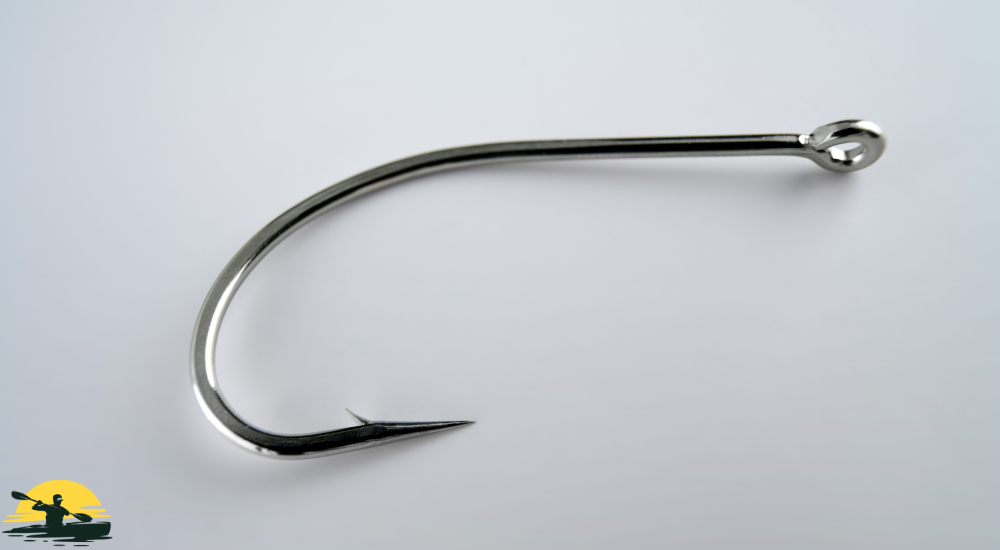
Experiment with different rigs, lines, and baits until you find what works best for you. Be bold and ask for help from other anglers or tackle shop employees. And most importantly, have fun! Fishing is a great way to relax and enjoy the outdoors, and with the right rig, you’ll be reeling in fish and making those stick baits dart enticingly through the water in no time. Now get out there and start catching!
Frequently Asked Questions
What is the easiest fishing rig to tie for you?
The basic rig, also known as the worm hook rig, is the simplest to tie. You tie your hook directly to the end of your main line using a knot like the improved clinch knot. This rig is perfect for beginners and works well with live bait.
What is the most versatile fishing rig?
The improved clinch knot rig is a versatile choice for both live bait and artificial lures. It’s strong, easy to tie, and suitable for a wide range of fish species. Appropriate rod bait pairing is very important.
What is the best rig for catching bass?
The Texas rig is a popular choice for bass fishing, especially when using soft plastic lures. It’s designed to be weedless, reducing the chances of snagging in vegetation.
What is the best rig for deep-water fishing?
The Carolina rig is a good option for deep-water fishing. The weight rests on the bottom while your bait is suspended above it, attracting fish that feed near the bottom.
How do I choose the right fishing line for my rig?
The right fishing line depends on the type of fishing you’re doing and the fish you’re targeting. Monofilament is a good all-around choice; fluorocarbon is nearly invisible underwater, and the braided line is strong and sensitive. Consider factors like water clarity, fishing conditions, and the appropriate rod and bait pairing to attract fish when choosing your line.







